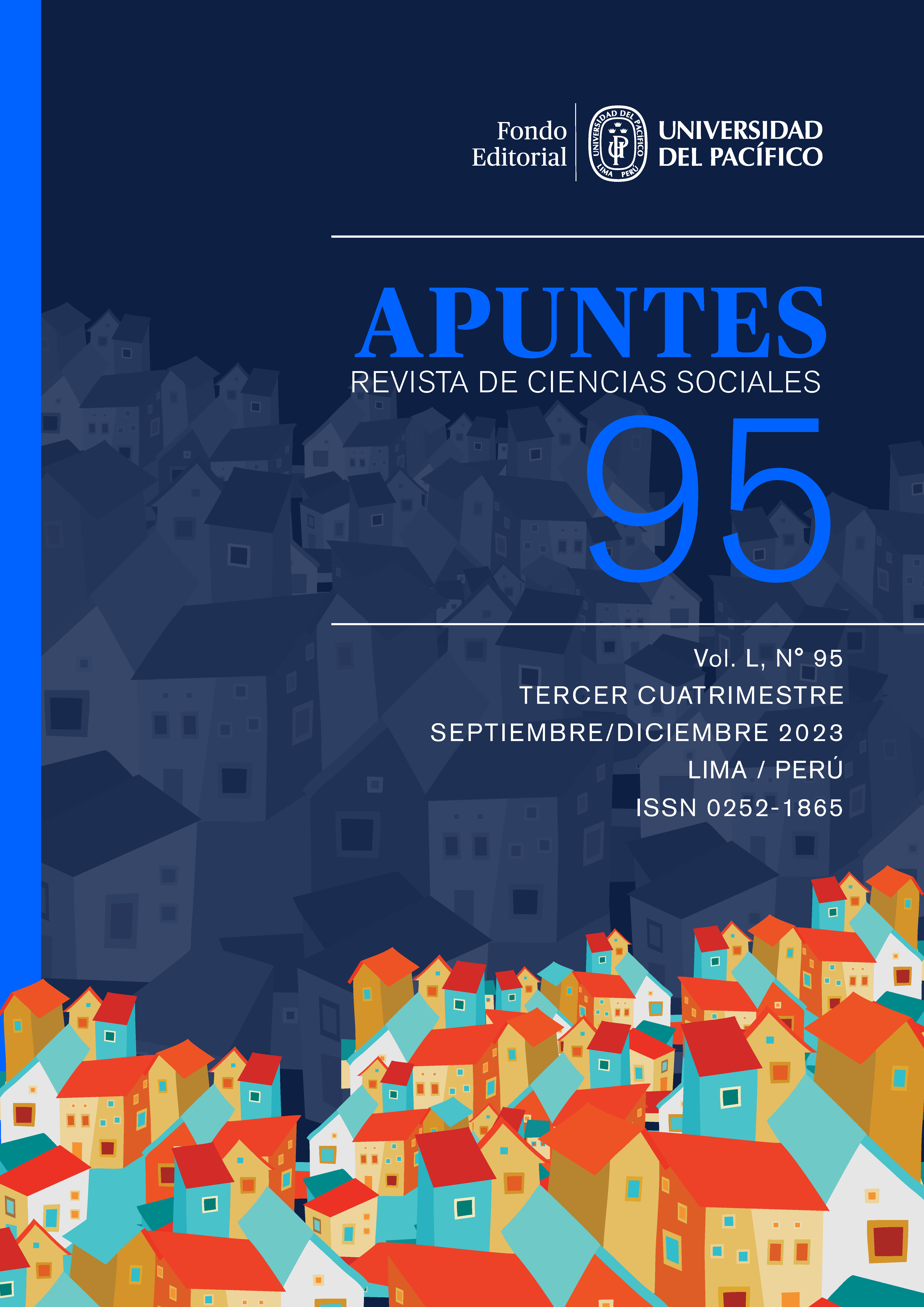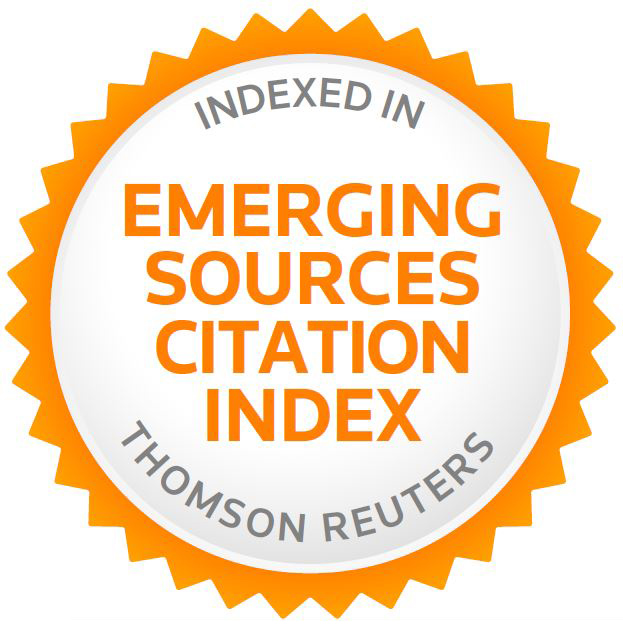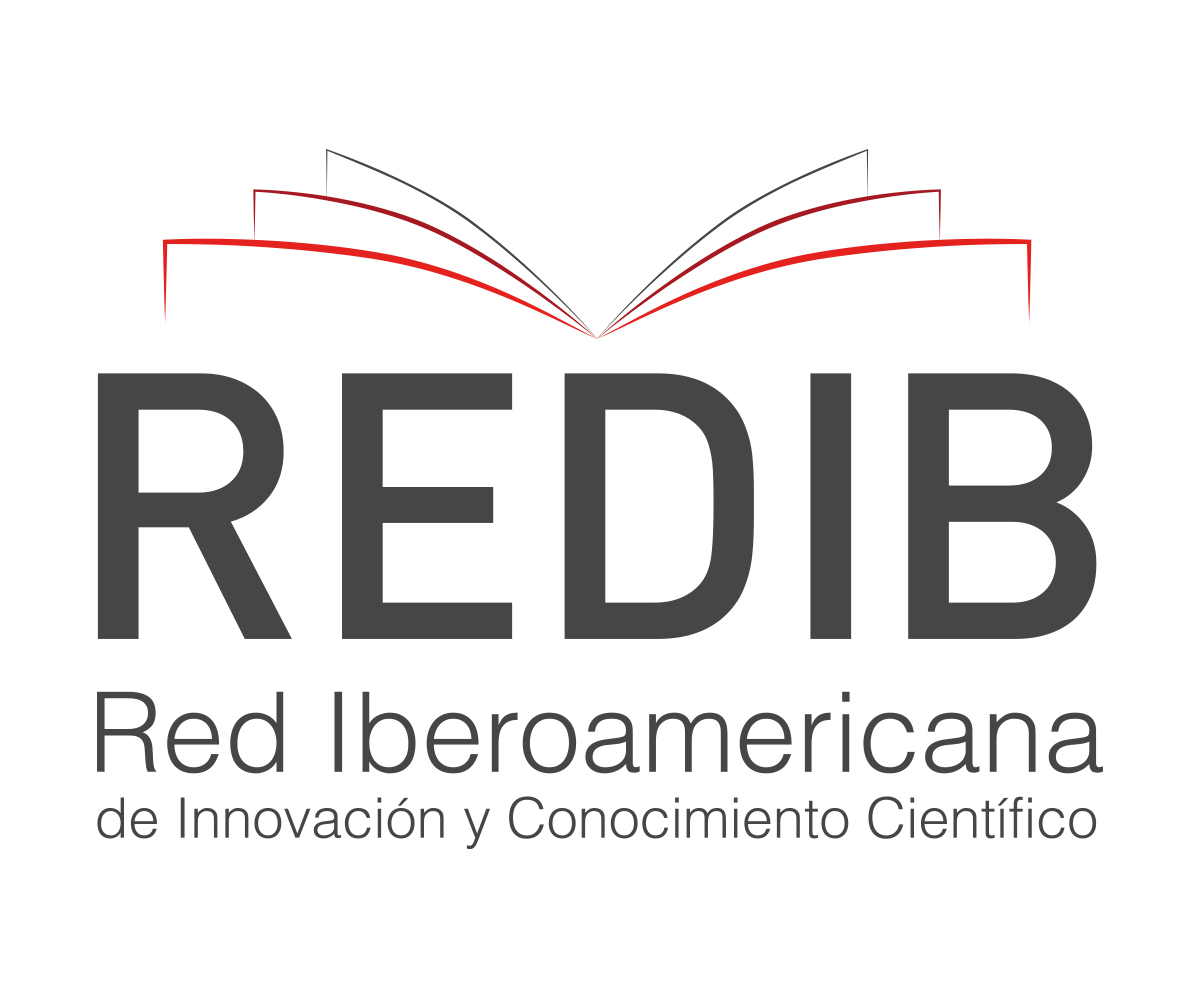Discriminación laboral de género en el sector turismo: un análisis para el caso peruano en el contexto de la COVID-19
Resumen
Este artículo identifica procesos de discriminación laboral de género en el sector turismo peruano, analizando los determinantes de la brecha salarial entre hombres y mujeres en el contexto de la pandemia de COVID-19. Para ello, se utilizan la Encuesta Nacional de Hogares entre 2018 y 2021 y la metodología de descomposición de brechas salariales por cuantiles de Machado y Mata (2005), la cual incluye una corrección por sesgo de selección en la participación laboral de hombres y mujeres en el sector turismo (Buckinsky, 1998; Albrecht et al., 2009). La brecha salarial fue descompuesta en diferencias en las características laborales (educación, experiencia) y diferencias en los retornos de tales características. Los resultados muestran que la brecha salarial es desfavorable a las mujeres y es explicada principalmente por diferencias en los retornos, sobre todo en cuantiles más bajos de la distribución salarial. Los procesos de discriminación laboral contra las mujeres en turismo se habrían incrementado durante la pandemia, en particular el efecto piso pegajoso.Referencias
Albrecht, J., Van Vuuren, A., & Vroman, S. (2009) Counterfactual distributions with sample selection adjustments: Econometric theory and an application to the Netherlands. Labour Economics, (16), 383-396.
Alon, T., Doepke, M., Olmstead-Rumsey, J., & Tertilet, M. (2020). The Impact of COVID-19 on gender equality. NBER Working Paper Series, WP 26947.
Arrellano, M., & Bonhomme, S. (2017). Quantile selection models with an application to understanding changes in wage inequality. Econometrica, 85, 1-28.
Bakas F. E., Costa, C., Breda, Z., & Durao, M. (2018). A critical approach to the gender wage gap in tourism labor. Tourism, Culture & Communication, 18, 35-49.
Becker, G. S. (2009). Human capital: A theoretical and empirical analysis, with special reference to education. Chicago: University of Chicago Press.
Biewen, M., Fitzenberger, B., & Seckler, M. (2020). Counterfactual quantile decompositions with selection correction taking into account Huber/Melly (2015): An application to the German gender wage gap. Labour Economics, 67, 101927.
Blinder, A. S. (1973). Wage discrimination: Reduced form and structural estimates. The Journal of Human Resources, (8), 436-455.
Borjas, G. J. (2013). Labor economics. 6.ª ed. Nueva York: McGraw-Hill.
Buchinsky, M. (1998). The dynamics of changes in the female wage distribution in the USA: A quantile regression approach. Journal of Applied Econometrics, 13, 1-30.
Campos-Soria, J. A., García-Pozo, A., Sánchez-Ollero, J. L., & Benavides-Chicón, C. G. (2011). A comparative analysis on human capital and wage structure in the Spanish hospitality sector. Journal of Service Science and Management, (4), 458-468.
Carrillo, P., Gandelman, N., & Robano, V. (2014). Sticky floors and glass ceilings in Latin America. The Journal of Economic Inequality, 12(3), 339-361.
Carvalho, I., Costa, C., Lykke, N., & Torres, A. (2019). Beyond the glass ceiling: Gendering tourism management. Annals of Tourism Research, 75, 79-91.
Casado-Díaz, J. M., Driha, O., & Simón, H. (2020). The gender wage gap in hospitality: New evidence from Spain. Cornell Hospitality Quarterly, 63(3). https://doi.org/10.1177/1938965520971273
Casado-Díaz, J. M., & Simon, H. (2016). Wage differences in the hospitality sector. Tourism Management, 52, 96-109.
Chzhen, Y., & Mumford, K. (2011). Gender gaps across the earnings distribution for full-time employees in Britain: Allowing for sample selection. Labour Economics, 18, 837-844.
Cotilla, M. M., & Campos-Soria, J. A. (2021). Decomposing the gender wage gap in the hospitality industry: A quantile approach. International Journal of Hospitality Management, 94.
Cotter, D. A., Hermsen, J. M., Ovadia, S., & Vanneman, R. (2001). The glass ceiling effect. Social Forces, 80(2), 655-681.
Dang, H. H., & Nguyen, C. V. (2020). Gender inequality during the COVID-19 pandemic: Income, expenditure, savings, and job loss. IZA-Institute of Labor Economics, Discussion Paper Series N.º 13824.
Daries, J., Jaime, V., & Bucaram S. (2021). Evolución del turismo en Perú 2010-2020, influencia del COVID-19 y recomendaciones pos-COVID-19. Nota Técnica IDB-TN-02211. BID.
Delfim, L. D., & Varjeao, J. (2007). Employment, pay and discrimination in tourism industry. Tourism Economics, 13(2), 225-240.
Deshpande, A. (2020). The COVID-19 pandemic and gendered division of paid and unpaid work: Evidence from India. IZA-Institute of Labor Economics, Discussion Paper Series N.º 13815.
Dinardo, J. L., Fortin, N. M., & Lemieux, T. (1996). Labor market institutions and the distribution of wages, 1973-1992: A semiparametric approach. Econometrica, (64), 1001-1044.
Duraisamy, M., & Duraisamy, P. (2016). Gender wage gap across the wage distribution in different segments of the Indian labour market, 1983-2012: Exploring the glass ceiling or sticky floor phenomenon. Applied Economics, 48(43), 4098-4111.
England, P. (2010). The gender revolution uneven and stalled. Gender and Society, 24(2), 149-166.
Espinola, N. (2016). Segregación ocupacional por género y diferencial de ingresos en turismo: Evidencia para Argentina. Económica, 62, 55-93.
Farré, L., Fawaz, Y., González, L., & Graves, J. (2020). How the COVID-19 lockdown affected gender inequality in paid and unpaid work in Spain. IZA-Institute of Labor Economics, Discussion Paper Series N.º 13434.
Fernández-Val, I., Van Vuurn, A., & Vella, F. (2021). Non-separable sample selection models with selection rules. Journal of Econometrics, https://doi.org/10.1016/j.jeconom.2021.01.009
Fernandez-Val, I., Van Vuurn, A., & Vella, F. (2018). Decomposing real wage changes in the United States. IZA Discussion Paper Series, N.º 12044.
Fernández-Val, I., Chernozhukov, V., & Weidne, M. (2020). Network and panel quantile effects via distribution regression. Journal of Econometrics. https://doi.org/10.1016/j.jeconom.2020.08.009
Ferreira, C. R., & Ramos, J. (2016). Pay gap by gender in the tourism industry of Brazil. Tourism Management, (52), 440-450.
Firpo, S., Fortin, N. M., & Lemieux, T. (2007). Decomposing wage distributions using recentered influence functions regressions. Econometrics MDPI Open Access Journal, 6(2), 1-40.
Fleming, S. S. (2015). Déjà vu? An updated analysis of the gender wage gap in the US hospitality sector. Cornell Hospitality Quarterly, 56(2), 180-190.
Fortin, N., Lemieux, T., & Firpo, S. (2011). Decomposition methods in economics. En Handbook of labor economics, vol. 4a. Elsevier BV.
Frangakis, C. E., & Rubin, D. B. (1999). Addressing complications of intention-to-treat analysis in the combined presence of all-or-none treatment-noncompliance and subsequent missing outcomes. Biometrika, 86(2), 365-379.
Fukai, T., Ikeda, M., Kawaguchi, D., & Yamaguchi, S. (2021). COVID-19 and the employment gender gap. IZA-Institute of Labor Economics, Discussion Paper Series N.º 14711.
García, S., Galante, F. & Poveda, V. (2018). El techo de cristal en la industria hotelera de Tenerife (Islas Canarias): el acceso de las mujeres al liderazgo en el sector. Pasos: Revista de Turismo y Patrimonio Cultural, 16(4), 1105-1117.
García-Pozo, A., Campos Soria, J., Sánchez-Ollero, J., & Marchante-Lara, M. (2012). The regional wage gap in the Spanish hospitality sector based on a gender perspective. International Journal of Hospitality Management, 31, 266-275.
Ge, Y., Hongbin, L., & Zhang, J. (2011). Gender earnings gaps in Hong Kong: Empirical evidence from across the earnings distribution in 2006. China Economic Review, (22), 151-164.
Guy, M. E. (1994). Organizational architecture, gender and women’s careers. Review of Public Personnel Administration, 14(2), 77-90.
Heckman, J. J. (1979). Sample selection bias as a specification error. Econometrica: Journal of the Econometric Society, 153-161.
Huang, A., De la Mora Velasco, E., Marsh, J., & Workman, H. (2021). COVID-19 and the future of work in the hospitality industry. International Journal of Hospitality Management, 97, https://doi.org/10.1016/j.ijhm.2021.102986
Inter-American Development Bank (IADB). (2020). Gender and diversity initiative. Recuperado de https://gdlab.iadb.org/
Instituto Peruano de Economía (IPE). (2020). Mercado laboral peruano: impacto por COVID-19 y recomendaciones de política. Lima, Perú.
Juhn, C., Murphy, K. M., & Pierce, B. (1993). Wage inequality and the rise in returns to skill. Journal of Political Economy, (105), 473-522.
Machado, J. F., & Mata, J. (2005). Counterfactual decomposition of changes in wage distributions using quantile regression. Journal of Applied Econometrics, (20), 445-465.
Muñoz-Bullón, F. (2009). The gap between male and female pay in Spanish tourism industry. Tourism Management, (30), 638-649.
Oaxaca, R. (1973). Male-female wage differentials in urban labor markets. International Economic Review, (14), 693-709.
Oaxaca, R., & Ransom, M. R. (1994). On discrimination and the decomposition of wage differentials. Journal of Econometrics, (61), 5-21.
Oliver, X., & Sard, M. (2020). Gender wage gap in hospitality. Journal of Hospitality & Tourism Research, 45(2), 345-372.
Park, J. H. (1996). Measuring education over time: A comparison of old and new measures of education from current population survey. Economics Letters, 50, 425-428.
Reichelt, M., Makovi, K., & Sargsyan, A. (2020). The impact of COVID-19 on gender inequality in the labor market and gender-role attitudes. European Societies, 23. doi:10.1080/14616696.2020.1823010
Skalpe O. (2007). The CEO gender pay gap in the tourism industry: Evidence from Norway. Tourism Management, 28(2007), 845-853.
Viollaz, M., Salazar-Sáenz, M., Flabbim, L., Bustelo, M., & Bosch, M. (2022). The COVID-19 pandemic in Latin American and Caribbean countries: The labor supply impact by gender. Documento de Trabajo 296. Cedlas.

Esta obra está bajo licencia internacional Creative Commons Reconocimiento 4.0.
Apuntes, revista de Ciencia Sociales publica todos sus artículos y reseñas bajo la licencia Creative Commons Attribution (CC BY 4.0) con el objetivo de fomentar el intercambio académico a nivel mundial. Por ello, la obra en cuestión puede ser distribuida, remezclada, retocada, etc., como el autor y los lectores de la misma lo estimen conveniente. La única condición es que se cite a la revista Apuntes, revista de Ciencias Sociales como entidad editora del texto.








.jpg)



